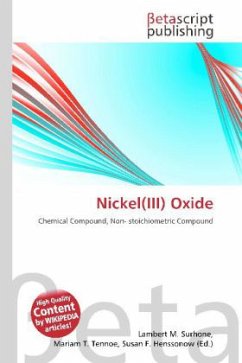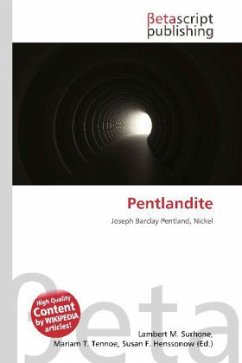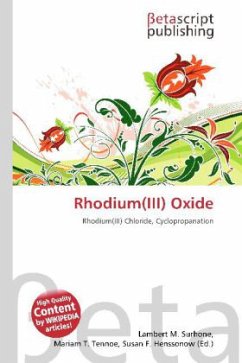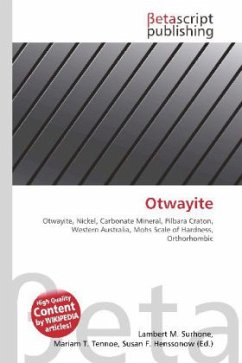Please note that the content of this book primarily consists of articles available from Wikipedia or other free sources online. Nickel(III) oxide (Ni2O3) has been referred to in the literature but is not a well characterised compound. The substance black nickel oxide is sometimes described as being Ni2O3 however the composition quoted by suppliers has a nickel content of around 77% by weight whereas Ni2O3 would have 70.98% Ni by weight, and may be non-stoichiometric NiO. There are references in the literature to traces of Ni2O3 on nickel surfaces, and as intermediates in nickel oxidation, e.g. Nickel(II) chloride (or just nickel chloride), is the chemical compound NiCl2. The anhydrous salt is yellow, but the more familiar hydrate NiCl2·6H2O is green. It is very rarely found in nature as mineral nickelbischofite. A dihydrate is also known. In general nickel(II) chloride, in various forms, is the most important source of nickel for chemical synthesis. Nickel salts are carcinogenic.
Bitte wählen Sie Ihr Anliegen aus.
Rechnungen
Retourenschein anfordern
Bestellstatus
Storno








